Key Features:
- Appearance: The seeds are small, round, and dark brown to black in color.
- Oil Content: Rapeseed contains about 40-45% oil, which is highly valued for its low saturated fat content.
- Uses:
- Rapeseed Oil: Used extensively in cooking and food production due to its neutral taste, high smoke point, and health benefits (low in saturated fat, high in omega-3 fatty acids).
- Animal Feed: After oil extraction, the remaining meal is high in protein and is widely used as feed for livestock, especially in dairy and poultry farming.
- Biofuel: Rapeseed oil is also used as a raw material for biodiesel production, making it a key resource in renewable energy.
- Industrial Applications: Used in lubricants, plastics, and even cosmetics due to its non-toxic, biodegradable properties.
Health Benefits:
- Heart Health: Rapeseed oil is often recommended as part of a heart-healthy diet due to its high content of unsaturated fats and omega-3 fatty acids.
- Cholesterol Management: Low in saturated fats, it helps reduce cholesterol levels when used as a substitute for oils higher in saturated fats.
Environmental and Agricultural Benefits:
- Soil Health: Rapeseed is often used as a rotational crop, improving soil structure and reducing pest and weed problems.
- Sustainability: Rapeseed is a renewable resource, and its use in biodiesel production contributes to reducing carbon emissions.
Shelf Life:
Rapeseed oil can be stored for up to 12-18 months if kept in a cool, dry place, away from direct sunlight.
Rapeseed is a versatile crop with extensive applications in food, feed, and industrial sectors, providing both health benefits and environmental sustainability.


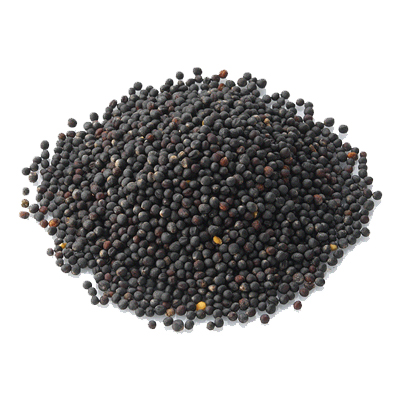
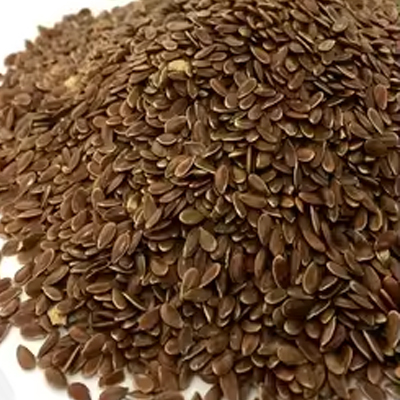
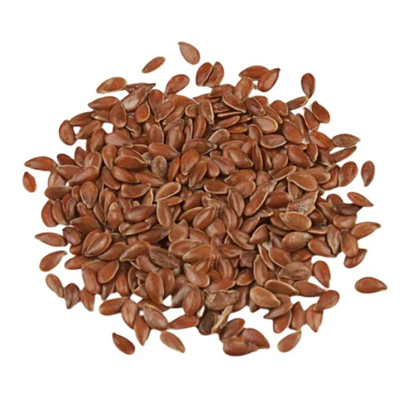

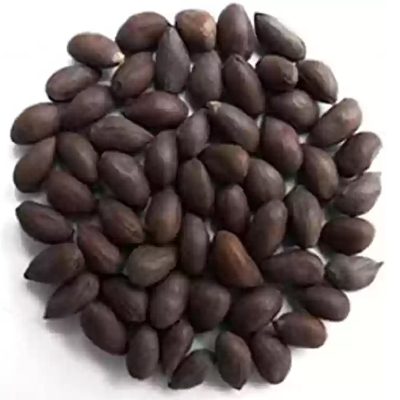
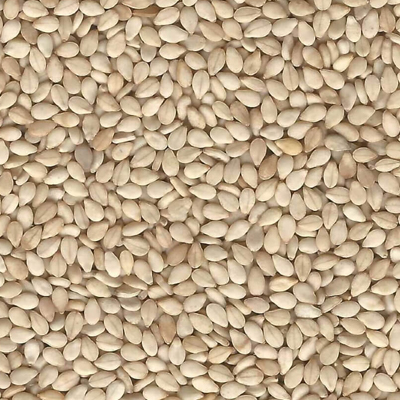

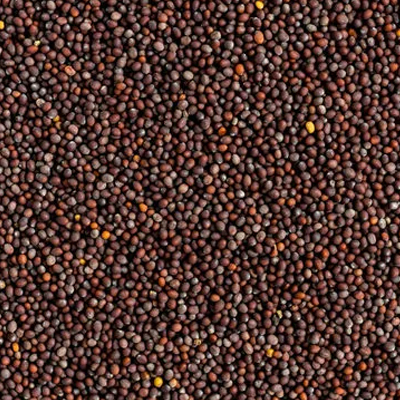
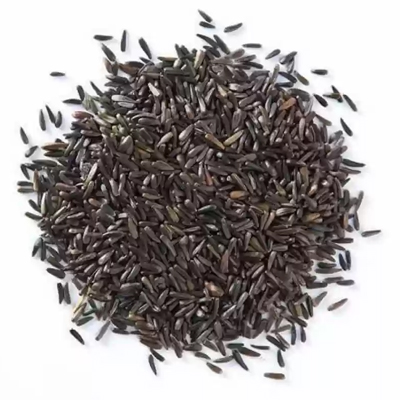











Reviews
There are no reviews yet.